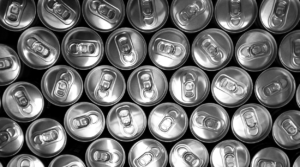As the realities of climate change emerged, ‘sustainability’ became a ubiquitous term in nearly every industry. While sustainability may be viewed by some as a more marketable buzzword than eco-responsibility, a great number of producers are committed to reducing wine’s impact on our environment. As a result, alternative wine packaging has become a focus and a growing trend throughout the world. And as the supply of wine in alternative formats continues to grow, so has demand for them. Engaged, informed and forward-thinking wine drinkers are eschewing the dated stigma that alternatively packaged wine is mediocre (at best).
Wine producers began experimenting with non-glass packaging as early as the 1930s. But early results were not good and for the remainder of the century consumer wariness dictated trends. But technological advancements have made today’s options more varied and better than ever. They include BiB (bag-in-box), cans, Tetra Paks, pouches and, the latest iteration, paper bottles. Obviously, the liquid inside the BiB, can or Tetra Pak must meet consumer expectations and, thankfully, the industry appears well on its way to providing us with high-quality wines that you can pour proudly and enjoy. The offerings are varied — still white and red wines, rosé, sparkling or sweet — and come from grape growing regions around the world.

Are these formats ideal for every occasion? Certainly not. For the time being, glass bottles remain the only viable option for cellaring or aging wines. However, the vast majority of bottles are enjoyed within weeks of purchase. These ‘drink now’ wines account for over 90% of production and consumption and represent a real opportunity for the industry to make meaningful, immediate change. Did you know that the average carbon footprint of one 3L BiB is ten times lower than that of a single bottle of wine? And were you aware of the tremendous environmental impact and energy required to both produce and recycle glass (sand and energy)?! Compounding matters, the world-wide average glass recycling rate is less than 35%.
Further highlighting the need for alternative packaging are today’s evolving and divergent lifestyles. Gone are the days of only drinking wine whilst sitting down to a conventional dinner. People are on-the-go more than ever and, sadly, families are dining together far less than they used to. Alternative packaging provides an easy, convenient way to enjoy wine in less traditional situations. These packages also allow people to moderate their alcohol intake, providing single serve options or, in the case of BiB, wine that can be enjoyed over the course of a month. And if Jane wants to drink a Cabernet while James would prefer a Chardonnay, it’s now an option without having to open two different bottles.

Eco-friendly, convenient, well-made. Alternative packaging is here to stay, and the options and quality are growing exponentially every year. Try some alternatively-packaged wine and judge for yourself! The LCBO is slowly expanding its selection and many Bottle Shops across the province are ahead of the game. Be an advocate, an early-adopter, a visionary within your circle. They, and our planet, will thank you for it.
Cheers!

Redefining Czechian Wine
DID YOU KNOW? Czechia is a classic European wine region, actively engaged in some form of winemaking for over two millennia, with codified wine laws

Elgin Valley, South Africa
From a wine production standpoint, South Africa is an incredibly interesting, varied and undervalued country. Historically, the vast majority of its output was ordinary, inexpensive

Alpine Wines
Few regions in the world evoke emotions in people like the Alps do. Images of snow-peaked mountains, lush valleys and meadows of wildflowers dance in

2020 Vina La Rosa La Capitana Single Vineyard Carmenere
Carménère’s origins are the flat, Atlantic vineyards that surround the Gironde Estuary, better known as Bordeaux’s Medoc region. It was there, in the early 18th

To de-stem or not de-stem? That is the question…
Prior to World War 2, almost all wine was made using whole-bunch, or whole-cluster, fermentation which (as the name suggests!) involves adding intact bunches or

Drinking Inside the Box (or can or pouch or…)
As the realities of climate change emerged, ‘sustainability’ became a ubiquitous term in nearly every industry. While sustainability may be viewed by some as a

